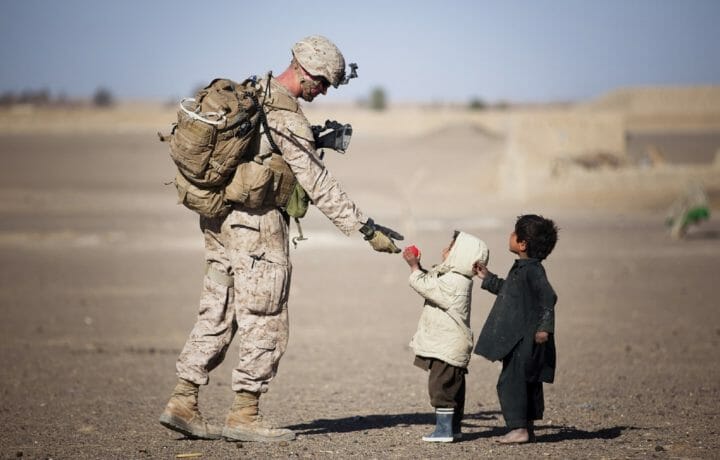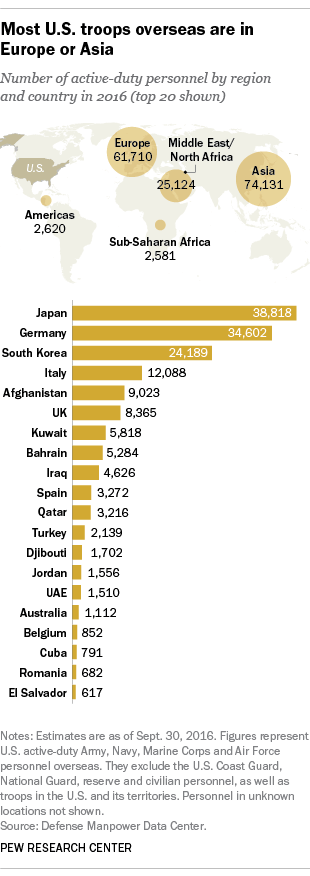Ever consider how much Hollywood embellishes the military or working as a civilian contractor? Not all financial analysts for the State Department have badass missions like Jack Ryan. Aside from what you see in movies, what do you know about military deployments?
Recently we’ve spoken to common myths about the National Security Agency (NSA), Area 51 myths, and myths about military life, in general. It turns out there’s a pretty big knowledge gap and some misconceptions when it comes to deploying overseas. So what is fact and what is fiction?
Myth #1: ALL DEPLOYMENTS ARE IN COMBAT ZONES
Deployed troops aren’t just in the Middle East or other war-torn countries because it depends on the branch of service and the service member’s job. The five countries with the largest active-duty U.S. military presence in 2016 were Japan, Germany, South Korea, Italy and Afghanistan. Of the top five countries, Afghanistan is the only one in open conflict. Many American troops deploy for the purpose of training in other environments or cooperating with other nations.
Myth #2 ‘Real’ deployments are one year long
Different branches deploy for different amounts of time and contractor deployments differ, as well. Army deployments are often 13 months, Marine Corps deployments are usually closer to seven months, Air Force and Navy deployments can be anywhere from a few months to over a year, and contractor deployments can be as little as a month depending on the location. Any of the deployment cycle timelines can be trying for the service member or contractor deploying.
Myth #3 Everything is top secret
There is the mistaken belief that everything surrounding a deployment is top secret. While some information is safeguarded around the internet and social media, not everything is a super classified secret squirrel mission. Sometimes a deployment is in an office building doing paperwork and a large percentage of what you do is called “atmosphericals,” monitoring an area operations, maintaining a presence of force to both the civilians who need American aid and any potential threats watching from afar.
Myth #4 You must see combat to struggle with PTSD
Post–Traumatic Stress Disorder can occur after exposure to a traumatic event, when an individual is exposed to actual or threatened death or injury. Not everyone who experiences a combat event will develop PTSD, and not all service members who come home with PTSD have been a combat zone. Sexual violence is also a large trigger of PTSD. Previous studies have examined the prevalence, risk factors, and health correlates of sexual stressors in the military and sexual stressors’ occurrence and their correlates in relation to female troops deployed to the current operations.
Myth #5 Women don’t deploy to combat zones
Women don’t only work as nurses and secretaries on base. Soldiers must pass certain physical standards before landing a combat position and the standards for combat positions are not lowered. Women must pass the same tests as men to earn their spots, and there are women who can do this. There are also deployments that are outside of combat positions, though. Women serve as commanders, senior enlisted advisors, pilots, analysts, civilian-military coordinators, and in many other vital roles of special operations on deployments.





